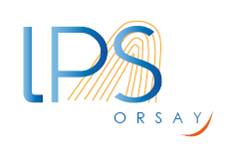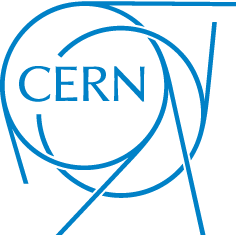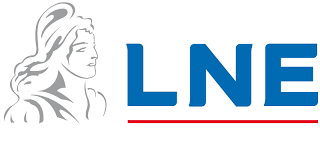Keynote Talk 1
Tuesday, June 26th
Shining a light on synchrotron light
Sylvain RAVY (Laboratory for Solid State Physics LPS ORSAY)
Abstract
Synchrotron radiation light is now available in many centers throughout the world and it is used by chemists, physicists, biologists, geologists and other scientists to study samples as diverse as crystals, single molecules, viruses, old manuscripts, nanoparticles, cement, thin films or glasses.
In this keynote, we will present in a didactic way the essential properties of synchrotron light, and the basic physical phenomena underlying the interaction between synchrotron light and matter: scattering and absorption.
The main classes of techniques that beamlines offer to the users community, namely diffusion-diffraction, spectroscopy and imaging, will then be presented.
A special emphasis will be given to the huge increase of brilliance, and thus of coherence, that the new generation of synchrotrons have pledged to provide.
Keynote Talk 2
Wednesday, June 27th
Selection of materials and processes for vacuum, cryogenic and non-magnetic applications in particle accelerators
Stefano SGOBBA (CERN, Engineering Department)
Abstract
Stringent requirements are placed on materials of modern accelerators. Their physical and mechanical properties, machinability, weldability or brazeability are key parameters. Adequate strength, ductility, magnetic properties at room as well as low temperatures are important factors for materials of accelerators working at cryogenic temperatures. In addition, components undergoing baking or activation of Non-Evaporable Getters (NEG) or directly submitted to the impact of the beam impose specific choices of material grades of suitable outgassing and mechanical properties in a large temperature range.
Magnetic properties are of paramount importance. In order to minimize the magnetic permeability of the final components, precise specifications in terms of composition and microstructure have to be applied while also imposing adapted steelmaking and manufacturing processes. Specific measurement techniques targeted for feebly magnetic materials have to be applied for the cross-check of the magnetic behaviour.
Today, stainless steels are the dominant materials for accelerator construction. Their metallurgy is extensively treated. It will be shown that a stainless steel does not only consist of a chemical composition or a designation, but is the result of a whole metallurgy and metalworking process, in view of obtaining adequate purity, weldability, inclusion cleanliness and fineness of the microstructure. In many cases these requirements are crucial to guarantee the final properties and leak tightness of the components.
Innovative manufacturing and non-destructive examination technologies will also be covered.
Keynote Talk 3
Thursday, June 28th
Toward high precision position control using laser interferometry: main sources of errors
Sébastien DUCOURTIEUX (National Metrology and testing Laboratory LNE)
Abstract
When designing or sizing a high precision positioning system using homodyne laser interferometry or when evaluating a measurement uncertainty of an already designed system, many error sources which can degrade the measurement precision have to be taken into account. Some errors originate from :
- the mechanical and electronical integration of the interferometer (mechanical drift, dead path error, resolution limit, noise level, interpolation, cosine error, parasitic rotation, beam alignment and Abbe error, aging error, thermal expansion of the interferometer itself)
- from the environment in which the instrument is installed (mechanical vibration, drift of environmental parameters like pressure, temperature, hygrometry, Edlen correction, air turbulence),
- from the optical components (mirror shape and roughness, orthogonality error),
- from intrinsic errors linked to the principles of interferometry (vacuum wavelength calibration of the laser source used, wavelength stability, calibration of environment sensor used for Edlen correction, nonlinearity errors, differential measurement or not, beam profile quality)
- and so on.
The given presentation will review the main errors sources, will quantify and classify them by order of importance and will establish the principle rules to achieve nanometre range precision when measuring displacements by interferometry.



